Disclosure: This post uses Amazon affiliate links. If you purchase any of the books via the links below, we may earn a small commission at no extra cost to you. This helps support content on TechToGeek.com and keeps our recommendations free for readers.
Welcome to TechToGeek.com! If you’re a student keen on mastering generative artificial intelligence (GenAI), you’re in the right place. Below is a ranked list of the Top books for students learning GenAI, each with a mini-review tailored to your learning journey: what the book offers, how it applies to GenAI (e.g., model creation, prompt engineering, content generation), and why it’s especially useful.
Table of Contents
1.Generative AI for Everyone
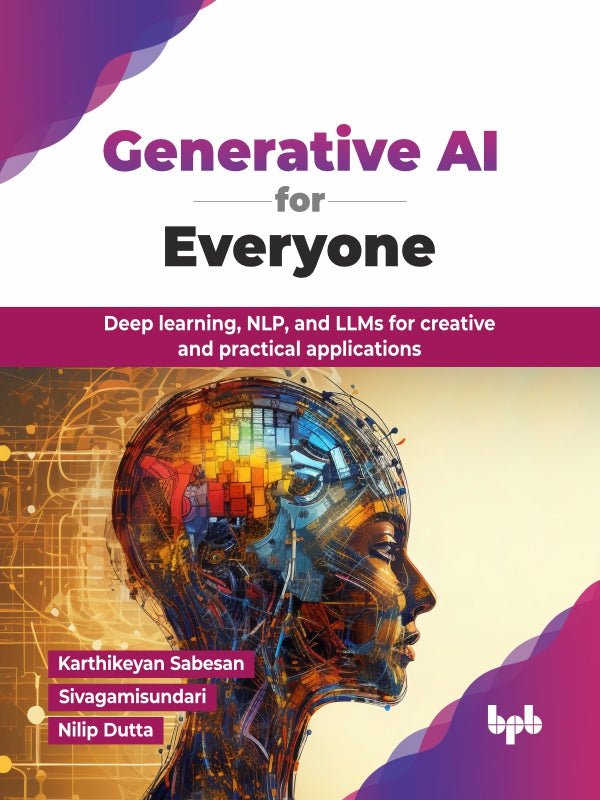
Mini-review:
This title is a highly accessible introduction to the world of generative AI, making it a perfect first stop for students. It breaks down core concepts such as large language models, embeddings, and content generation in clear language. For students learning GenAI, it becomes a friendly bridge between curiosity and deeper exploration. You’ll learn how GenAI systems work under the hood, and how you might experiment with them in your classes or side-projects.
Why it’s useful: You’ll get grounding in GenAI without needing heavy math or deep engineering background—helpful for building confidence and setting the foundation before diving into more technical books.
Try it today
2. Generative AI with LangChain – Build large language model (LLM) apps with Python, ChatGPT & other LLMs
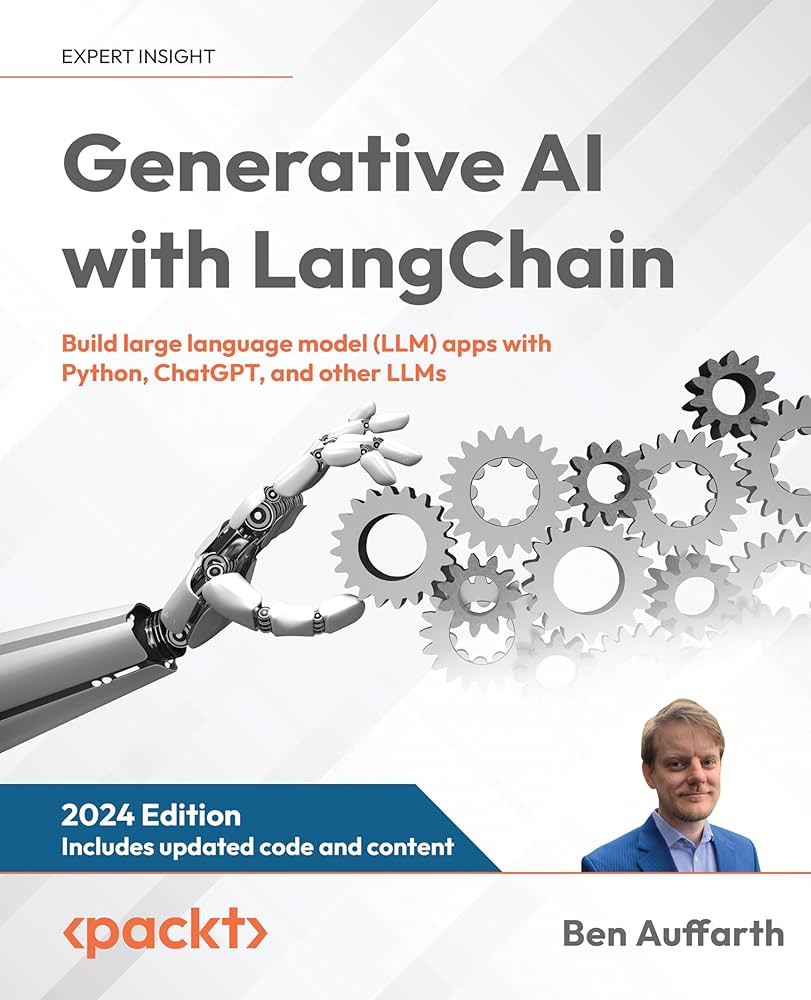
Mini-review:
For students who already have some coding familiarity (e.g., Python) and want to build real GenAI applications, this book guides you through using frameworks like LangChain to tie together large language models (LLMs), prompt engineering, vector databases, and retrieval-augmented generation (RAG). You’ll get hands-on with how GenAI workflows are built—from prompting to deploying small apps.
Why it’s useful in GenAI context: Building is learning. This book takes you beyond theory into practical model creation, content generation and prompt design workflows. Ideal for students who want to create their own GenAI tools.
Try it today
3. Generative AI Essentials
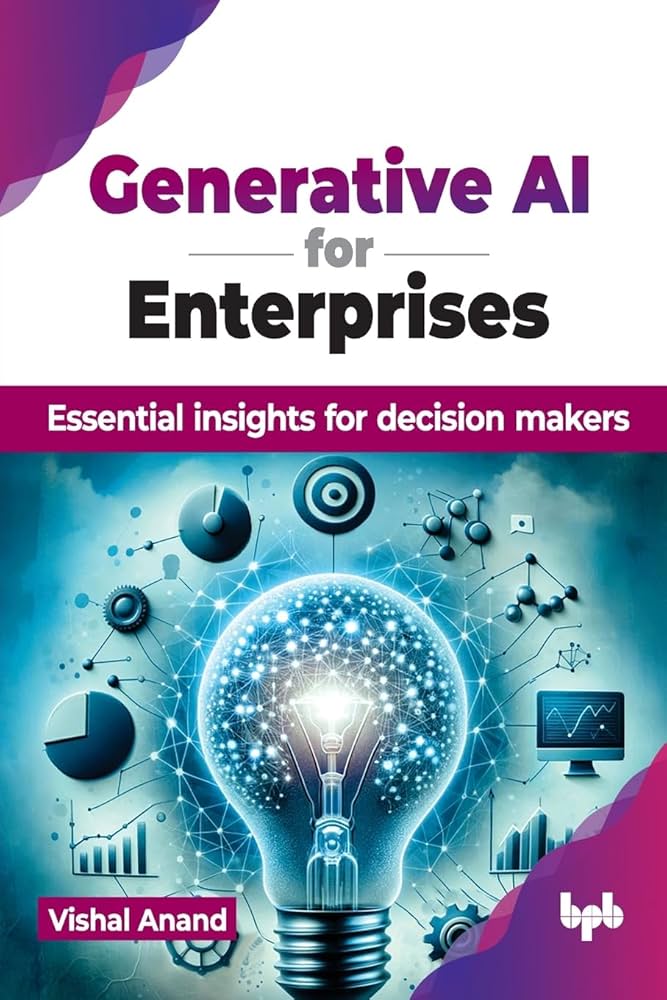
Mini-review:
A mid-level guide that bridges introductory and more advanced GenAI topics. It covers key ideas like GANs (generative adversarial networks), transformer-based LLMs, image/sound generation, and ethical issues. As a student in the GenAI space, you’ll appreciate the clear structure: each chapter gives concept, code snippet, and application example.
Why it’s useful in GenAI context: The book gives you a broad perspective on generative models and their applications—not just text, but multimodal content. This helps you understand how GenAI frameworks apply across domains.
Try it today
4. Generative Adversarial Networks and Deep Learning: Theory and Applications

Mini-review:
If you’re specifically interested in the “create” side of GenAI—i.e., generating images, audio or novel content—this book gives a deeper dive into GANs and their theory plus applications. For a student wanting to understand model creation (not just usage), this one helps you go under the hood of generative model architectures.
Why it’s useful in GenAI context: GANs are one of the major pillars of generative AI, especially for non-text content. Knowing how they work boosts your breadth in GenAI beyond just prompt/LLM usage.
Try it today
5. Deep Generative Modeling
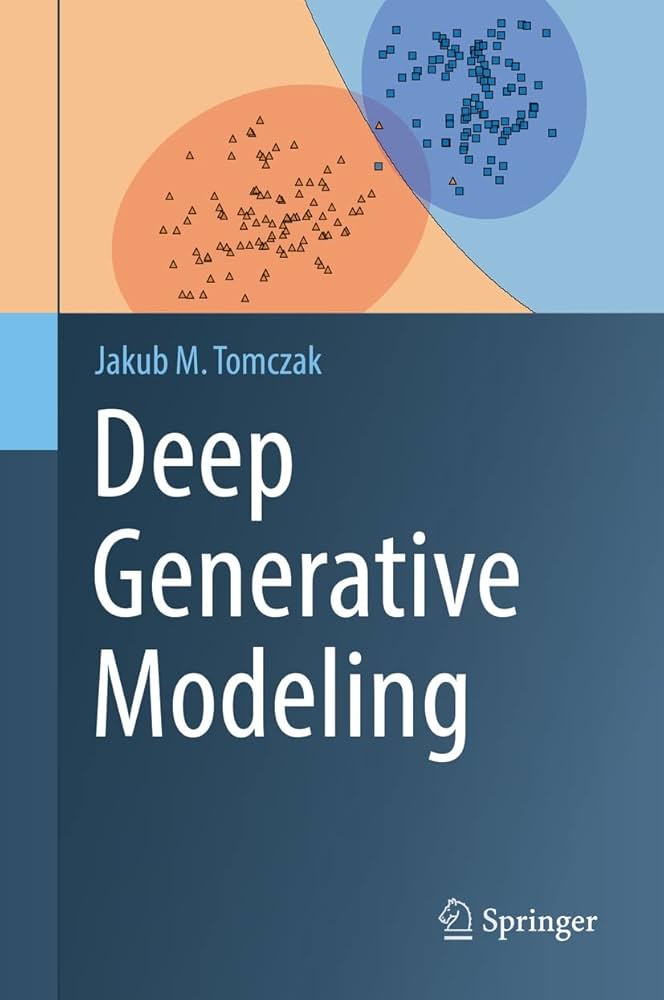
Mini-review:
This is a more advanced text aimed at students who are ready to dig into variational autoencoders (VAEs), deep latent variable models, and the mathematical foundations of generative models. If you’re planning to build your own GenAI architectures or research in the field, this is highly relevant.
Why it’s useful in GenAI context: Model creation in GenAI isn’t only about using off-the-shelf LLMs; understanding how generative models are structured and trained gives you a deeper edge and opens up innovation.
Try it today
6. Generative AI 360°

Mini-review:
This book is a great companion for students looking to understand GenAI’s full lifecycle: from ideation and prompt engineering, to deployment, to ethics and governance. It includes numerous case studies across industries which helps you see real-world GenAI rather than only the lab.
Why it’s useful in GenAI context: As you learn GenAI, seeing how others have applied it helps you generate your own ideas, differentiate yourself, and prepare for projects or portfolios.
Try it today
7. Generative AI

Mini-review:
A compact and focused book that introduces generative AI models, their training, and deployment. Ideal for students who want a no-frills overview and reference before choosing a specialization.
Why it’s useful in GenAI context: It gives enough background so you won’t feel lost when you dive into bigger topics like prompt engineering or model building. Think of it as the “foundation” brick in your GenAI bookshelf.
Try it today
8. Generative AI
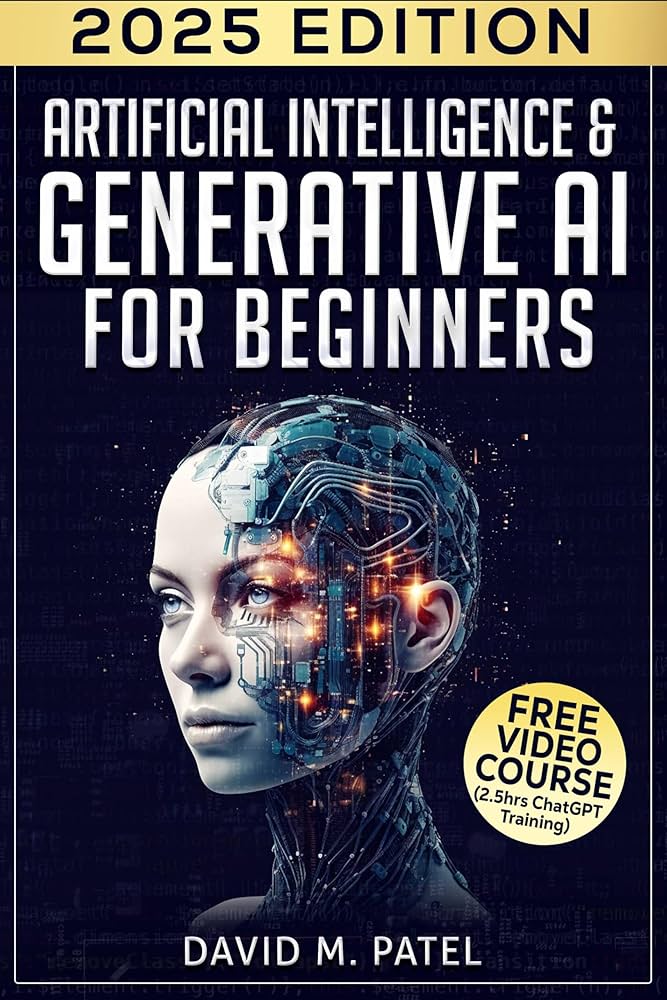
Mini-review:
Another student-friendly title that emphasizes how to use GenAI tools, how to craft effective prompts, and how to embed GenAI into study or early-career projects. If you want to learn “how to ask the model” rather than “how the model works”, this book fits well.
Why it’s useful in GenAI context: Prompt engineering is increasingly a core skill for GenAI students: this book gives practical guidance for that side of the field.
Try it today
9. Artificial Intelligence and Machine Learning
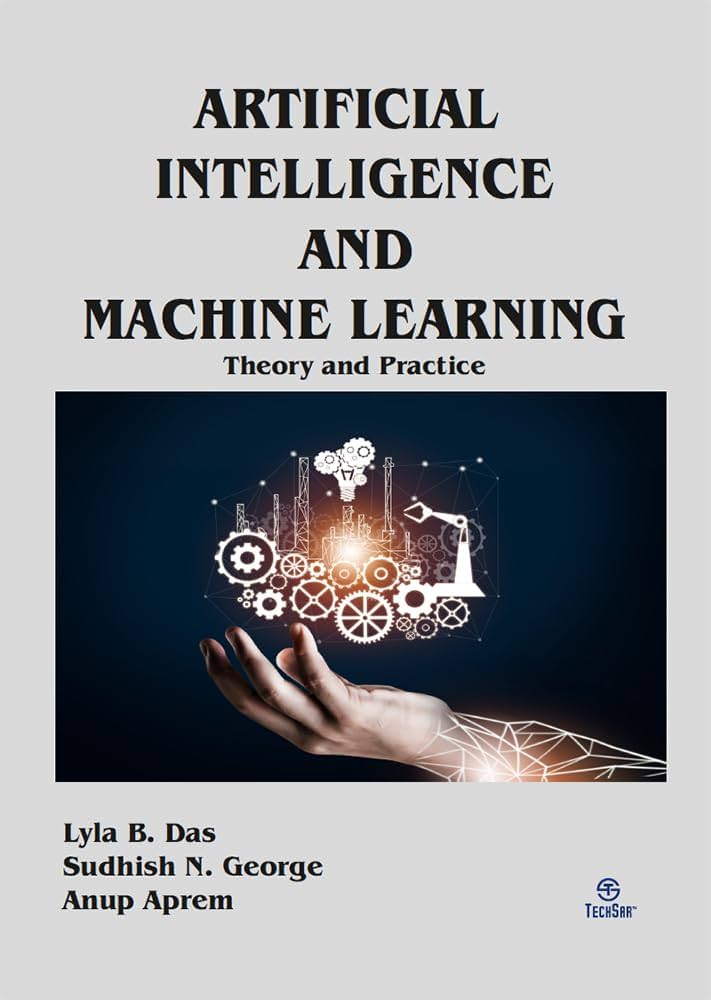
Mini-review:
While not solely about GenAI, this book covers the broader foundations of AI and machine learning—important for any student learning GenAI. It will help you understand underlying algorithmic concepts, frameworks, and math that make generative models possible.
Why it’s useful in GenAI context: To build strong GenAI competence, you need more than prompt engineering—you’ll benefit from knowing how ML works, what optimization means, and how data drives model creation.
Try it today
10. Deep Learning: AI Foundations
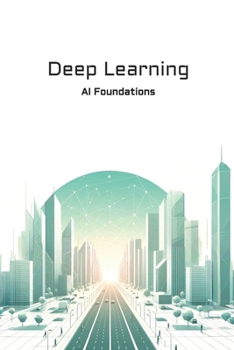
Mini-review:
For students ready to devote serious time and effort, this book on deep learning foundations is a key asset. It covers neural networks, back-propagation, CNNs, RNNs, transformers, etc. Since many GenAI architectures (e.g., LLMs, diffusion models) are grounded in deep learning, this book is a must-read.
Why it’s useful in GenAI context: Even if you will rely on pre-built LLMs or frameworks, understanding deep learning gives you stronger intuition, more flexibility, and better chances of innovating rather than just using.
Try it today
Frequently Asked Questions (FAQ)
Q1. Why are these the Top books for students learning GenAI?
Because we selected ten titles that collectively cover the full spectrum: introductory understanding, prompt engineering, application building, model theory, multimodal content and underlying foundations. For a student wanting a structured GenAI learning path, this covers how to approach model creation, content generation, and tool usage.
Q2. Do I need to read them in order?
Not strictly—but it helps. You might start with the more accessible titles (#1, #3, #6) to build confidence, then progress to ones that require more technical background (#4, #5, #10).
Q3. Will reading these guarantee I can build GenAI models?
Books are important, but practice is equally vital. You’ll need hands-on projects, prompt experiments, and real data. Use these books as guidance and then apply what you learn via coding, experimentation and deployment.
Q4. How does this help me with prompt engineering and content generation?
Several books in this list focus on how to craft prompts, how generative models produce content, how to fine-tune and deploy them and how to integrate them into applications. They give you both the “how” and “why” for GenAI workflows.
Q5. Is GenAI just for text (LLMs) or also images/audio?
Generative AI is broader than text. It includes images, audio, video, code, and more. Many of these books (#4, #5, #6) cover multimodal generative models, giving you exposure beyond just one medium.
Q6. What about ethics, integrity and responsible use of GenAI?
Good question. Many of the books touch on these topics—especially relevant for students learning GenAI so they understand risks, academic integrity, bias, and governance. Always apply these models with responsibility.
Q7. How should I integrate reading these with my study schedule?
Break it down: pick one book, commit to reading one chapter per week, and apply mini-projects or prompts after each chapter. Use your notes to build a GenAI portfolio of what you’re learning.
Thank you for reading. I hope this list of the Top books for students learning GenAI serves you well in your journey into generative artificial intelligence.
Published by TechToGeek.com.
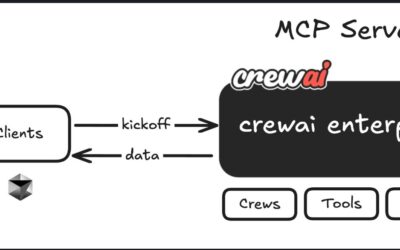

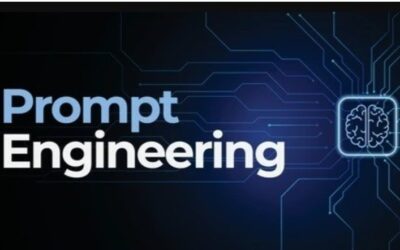





Thanks !!!
Wonderful blog !!!
Very nice blog